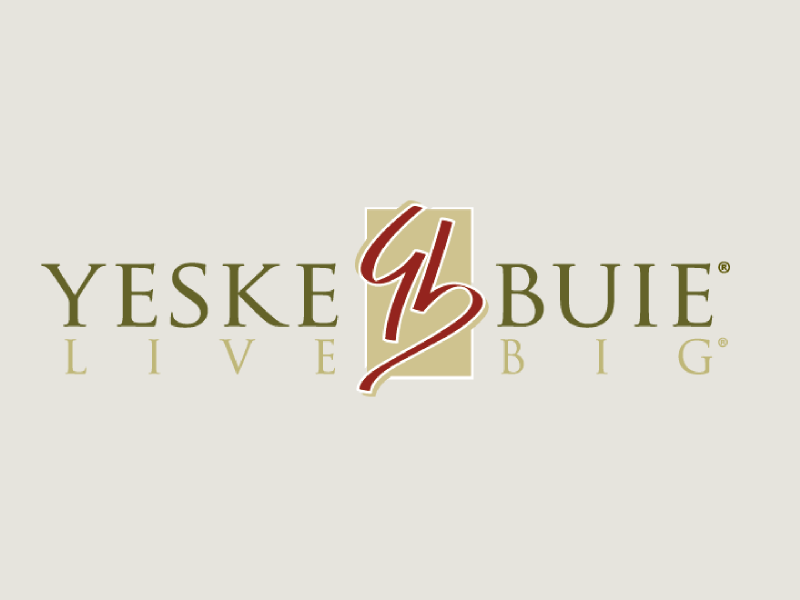Investment Updates: A Little Fine Tuning

We made a few changes to our portfolios this week that we thought we’d share. These adjustments are technical in nature and constitute fine-tuning more than anything else.
Bond Allocation Updates
As we discussed last month (Managing Risk When Rebalancing Into Bonds), we believe that bonds have arrived at the end of a 30-year bull market and special care is called for in order to manage the risk inherent in that market. As we noted in our prior post, the three most powerful ways to manage the risk of a bond portfolio are to be very diversified, keep maturities relatively short, and keep credit quality high. In order to further enhance the credit quality of our allocations, we have eliminated the DFA Extended Quality Bond Portfolio from all client portfolios.
This mutual fund invests in short-term bonds that are rated at the lower end of the “investment grade” spectrum, with the portfolio sporting an average credit quality of single-A compared to the highest credit rating of triple-A. This fund has performed very well over the past few years as the US and world economy have slowly recovered from the real estate meltdown, but we feel that it’s time to fine-tune our bond allocation by ratcheting up the overall credit quality. By reducing our bond allocations from three funds to two, this also reduces the number of trades required when rebalancing between stocks and bonds. The two funds that remain in our bond allocation are the DFA Global Five Year Bond Portfolio and the DFA One Year Fixed Income Portfolio. You can find a profile of the former fund at the bottom of the post mentioned above.
US Large Company – Broad Market – Updates
The one other change we made this week was to substitute the Vanguard S&P 500 Index Fund (Signal share class) for the iShares S&P 500 Fund. The iShares fund is an Exchange Traded Fund (ETF) that trades on the stock exchange just like the shares of individual companies like Coca Cola or IBM. While we originally chose this fund for our US Large Company Broad Market allocation because of its low trading costs, the differences in how ETFs and “open-end” mutual funds trade have created the occasional mismatch when rebalancing. Specifically, when we buy or sell an open-end mutual fund, like the Vanguard fund, the trade “settles” in one day (T+1). When we trade an ETF, which trades on an exchange, the buy or sell “settles” in three days (T+3) which can create a disconnect when rebalancing between an open-end fund and an ETF, including the temporary creation of a “margin balance,” or short-term loan in the account.
Rebalancing is such an important activity that we felt it would be better to only hold investment funds in our portfolios that settle at the same time. Having said that, we have only made an outright swap of the iShares fund for the Vanguard version in our clients’ retirement accounts at this time. This is due to the fact that many clients holding the iShares fund have large unrealized capital gains and we don’t feel that this “housekeeping” issue is large enough to justify releasing those gains at this time. The one further benefit to making this change is that the Vanguard fund has an internal expense ratio of 0.05% versus 0.08% for the iShares fund. Both of these expense ratios are EXTREMELY low (the average for all equity mutual funds is more like 1.60% or about 20 times larger), but the difference represents a $30 per year savings on a $100,000 position.
Prior Investment Updates
Yeske Buie Investment Updates (December 8, 2012)
Portfolio Strategy Update: Toward a Truly Global Portfolio (October 5, 2012)
